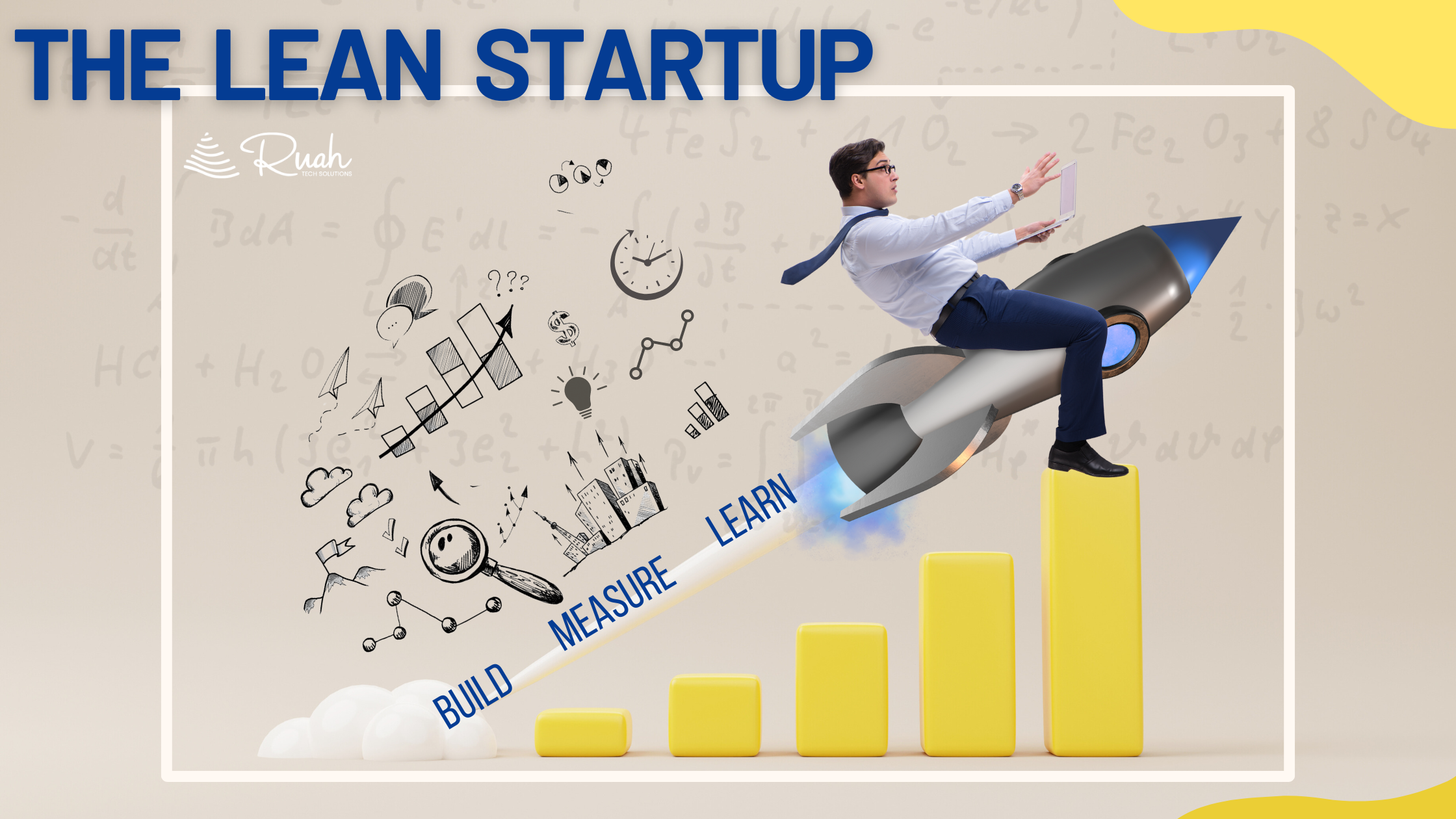
This article will cover topics like:
· Understanding the SaaS pricing strategies
· Top strategies any SaaS business needs- the benefits and drawbacks
· Points to consider before changing your pricing model
· Metrics used to track the performance of pricing strategy changes
Understanding the SaaS pricing strategies
There are many pricing strategies in the industry today. However, all those strategies are derivations of three main pricing strategies. The first thing you do is understand these three SaaS pricing strategies before proceeding.
Competitor-based pricing model
This pricing model involves setting prices based on what the competition charges their customers. Any company opting for this model can set their prices above, below, or at the same price as their competition. You can use this option if you are a new SaaS company that is weak on sales. You can also use this model to gather data on whether or not you provide value to the customers.
This strategy works in three ways. Imagine a new SaaS company that developed a project management software. This software is nothing new and is no different from the other products in the market today. You can use the competitor-based model to gather sales data and set your prices accordingly.
Pros
· Less risk involved as this model works for the competition
· The model is easy to execute
· You can mix this with other pricing strategies and enjoy the benefits
Cons
· Ignore customer preferences
· No different than the competition
Value-based pricing
A value-based pricing strategy focuses on the customer. Contrary to looking inward at the company, this strategy helps the company look outward. Here, the company considers the product’s perceived value as the benchmark for setting pricing rather than looking at the costs, target margins, and competitors.
Many companies see value-based pricing as the ideal SaaS pricing model. The reason for this preference is because the company can focus on improving the service and value they provide. This approach is preferable to focusing on reducing costs to improve profit. Companies can also use the data gathered to better understand how customers value a product.
Pros
· A great way to increase profitability.
· Companies can charge a high price if the customer is willing to pay for that
· Increase the product’s brand value
· Makes it easy for the company to sell their product or service to get more customers
· Greatly increases customer loyalty
Cons
· Time and effort is required to understand the customer needs and wants
· It is difficult to set the right price
· It leaves the company very vulnerable to competition
Cost-plus pricing
This SaaS pricing strategy is also known as the markup pricing. It is the most basic of all three pricing strategies. Here, a company tallies their business costs and an acceptable markup percentage. Costs in SaaS may include things like the cost of product development, cost of product design, team costs, and the company’s external costs.
The cost-based pricing strategy is typically used when a company is starting out. However, it should not be the primary strategy after gaining a few customers.
Pros
· Simple way to get started
· Limits financial downside
Cons
· Greatly limits upside
· Does not account for the competition
· Slow way to scale up the company
Pricing strategy | Approach | Formula | Pros | Cons |
Cost-plus pricing | Basic- add business costs and markup | Customer acquisition cost + COGS + Margin
| Simple and ensures profit | Ignores customer preferences and competition |
Competitor-based pricing | Set prices based on competition | Three options: below, above or match competitor prices
| Less risks involved and easy to execute | Not viable in the long-term. Ignores customer demand based on incomplete information
|
Value-based pricing | Customer-focused. Considers the product’s perceived value
| Research-based. Understanding of customer value | Increase profits and enhance brand value | Demands time and effort to understand customers, hard to set prices and open to competition
|
Points
to consider before changing the pricing model

The first thing any company should do when considering a price change is assess the drawbacks. On the surface, an enhancement to pricing brings in numerous benefits to the company. However, it can harm the company if the change is not an improvement but a mistake. It is always good to review the following factors before making changes to the pricing model
Ability to bill and quote for new pricing
Many companies severely underestimate the tech needs to transition between their pricing models. Imagine, a shift from a seat-based pricing to usage-based pricing model. This company resorts to manual workaround without the proper infrastructure in place. The transition also consumes significant time and resources. This approach often results in lost deals and customers and that negatively impacts the company’s bottom line.
The ICP comfort level
Different customer bases have varying levels of willingness to adapt to price changes. Ignoring the ICP’s (Ideal Customer Profile) comfort level often strains customer relationships and reduces retention.
A smooth transition is one marked with minimal work and effort. Companies that adopt this approach clearly communicate their new pricing and structure to customers to help smoothen the process.
Competitive benchmarking
Companies operating in unique market categories often have greater flexibility in pricing. Companies in competitive markets do not have such freedom. Companies in highly competitive markets must think and strategize before adopting or creating a new pricing model. If not, they could alienate customers.
It is wise to conduct a thorough competitive benchmarking to align your pricing with industry standards and customer expectations. The best move is to aim for a balance between market norms and effectiveness.
Tools used to track the performance of your pricing strategy
Sometimes, the new pricing model does not provide the intended results. In that case, it is important to tweak the strategy. The good thing about 2024 is that you don’t have to fly blind. Companies can measure the effectiveness of their strategies and determine if the current prices are enough.
Listed below are the metrics you can track
Gross MRR Churn
The gross MRR churn ratio measures the percentage of revenue lost from downgrading or cancelling product licenses. A good MRR churn rate should normally be less than 2.5% per month. After introducing pricing changes, you should often monitor this metric. That way, you understand if you’re benefitting from the changes. If not, you must tweak the strategy further.
LTV/CAC ratio
LTV and CAC metric measures the relationship between the lifetime value of a customer and the acquisition cost of the same. Generally, an LTV and CAC ratio greater than 1 is a good thing. However, a lower ratio indicates it takes longer for your customer to pay back. Remember to always monitor this metric when choosing a pricing model. It is the one that signals a company’s profitability.
Expansion MRR
This metric identifies if customers are pay you more or less compared to the previous month.
Sometimes a change in pricing strategy helps you upsell and cross-sell more. At times like this, customers are happy with the product and the pricing. Always keep an eye on your expansion MRR during the roll-out of a new pricing strategy. This metric helps you gauge if the user appreciates it. If you note no change to the MRR, the best thing to do is tweak the SaaS pricing model. Change it to align with customer preferences and expectations to ensure the best results.
Conclusion
Going live with a new pricing strategy is always a scary move. There’s plenty of things to consider and it is easy to make many mistakes. However, there’s also many new tools to help you make the right decision.
Interacting with customers and analyzing your competitors is always an excellent way to gauge market interest. Also, you must strike a balance between product value and cost to provide such value.
Always remember that SaaS pricing is not a one-off activity. Always be ready to adapt and adjust your pricing strategy when required. That way, you will always have a fairly priced service model that appeals to a broad audience.



